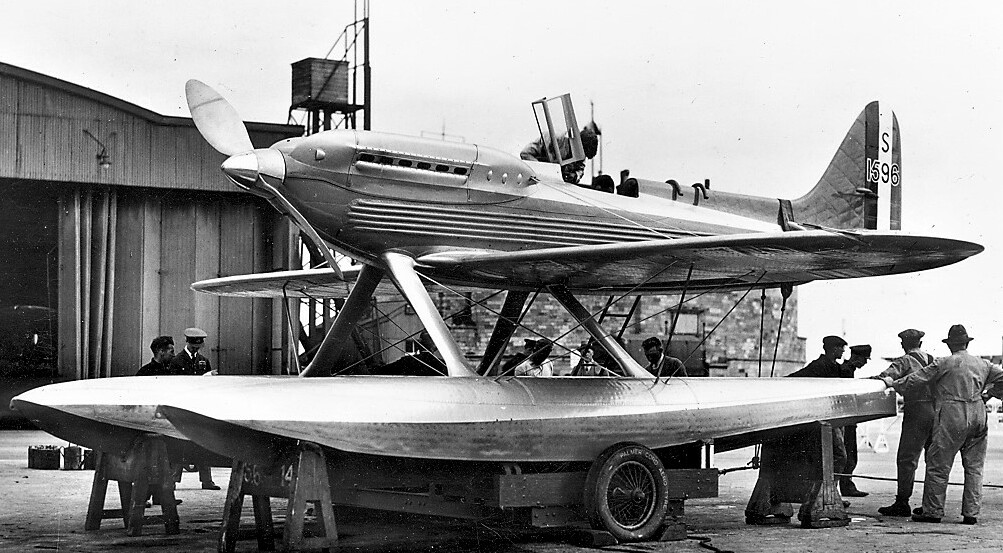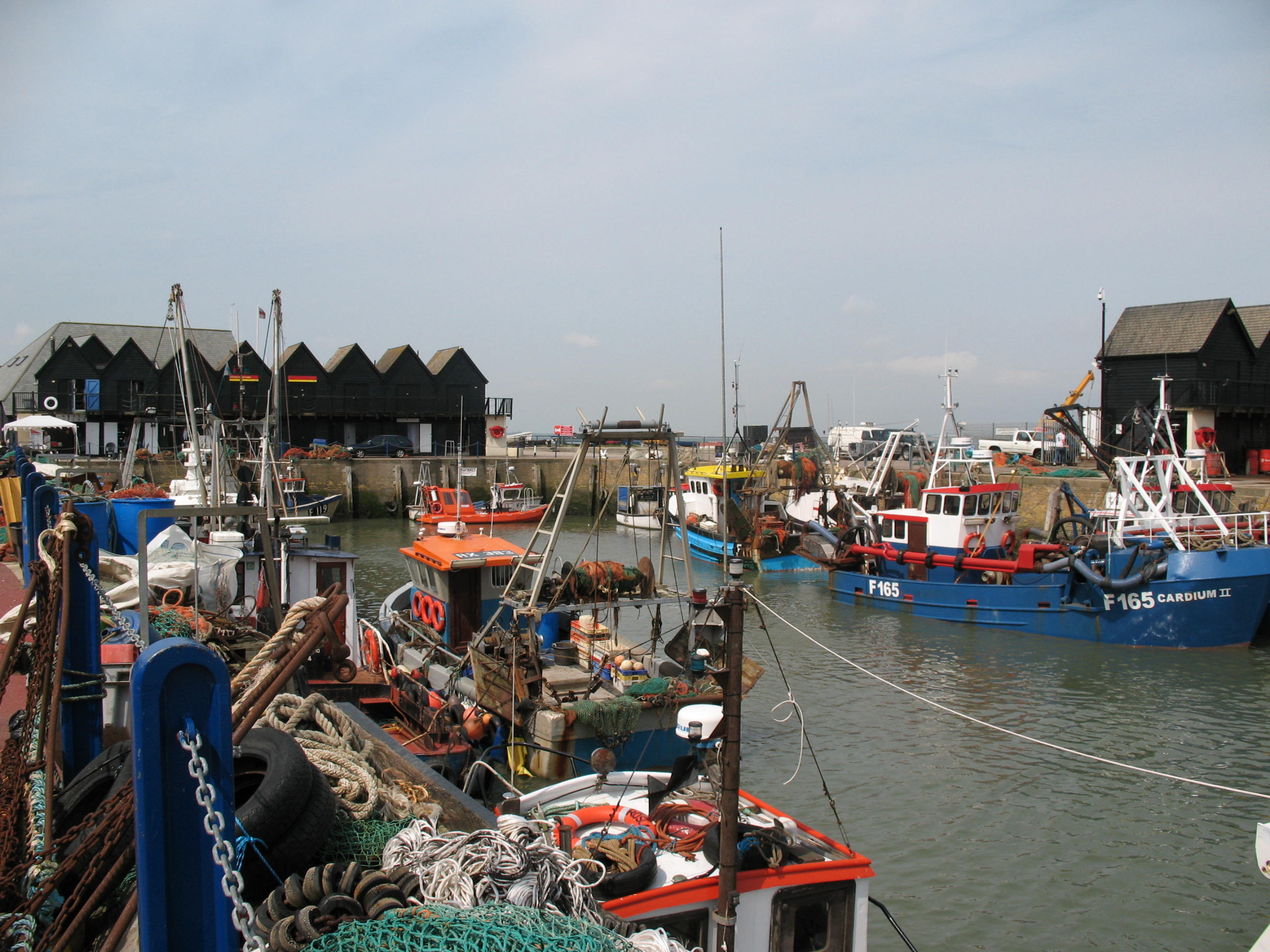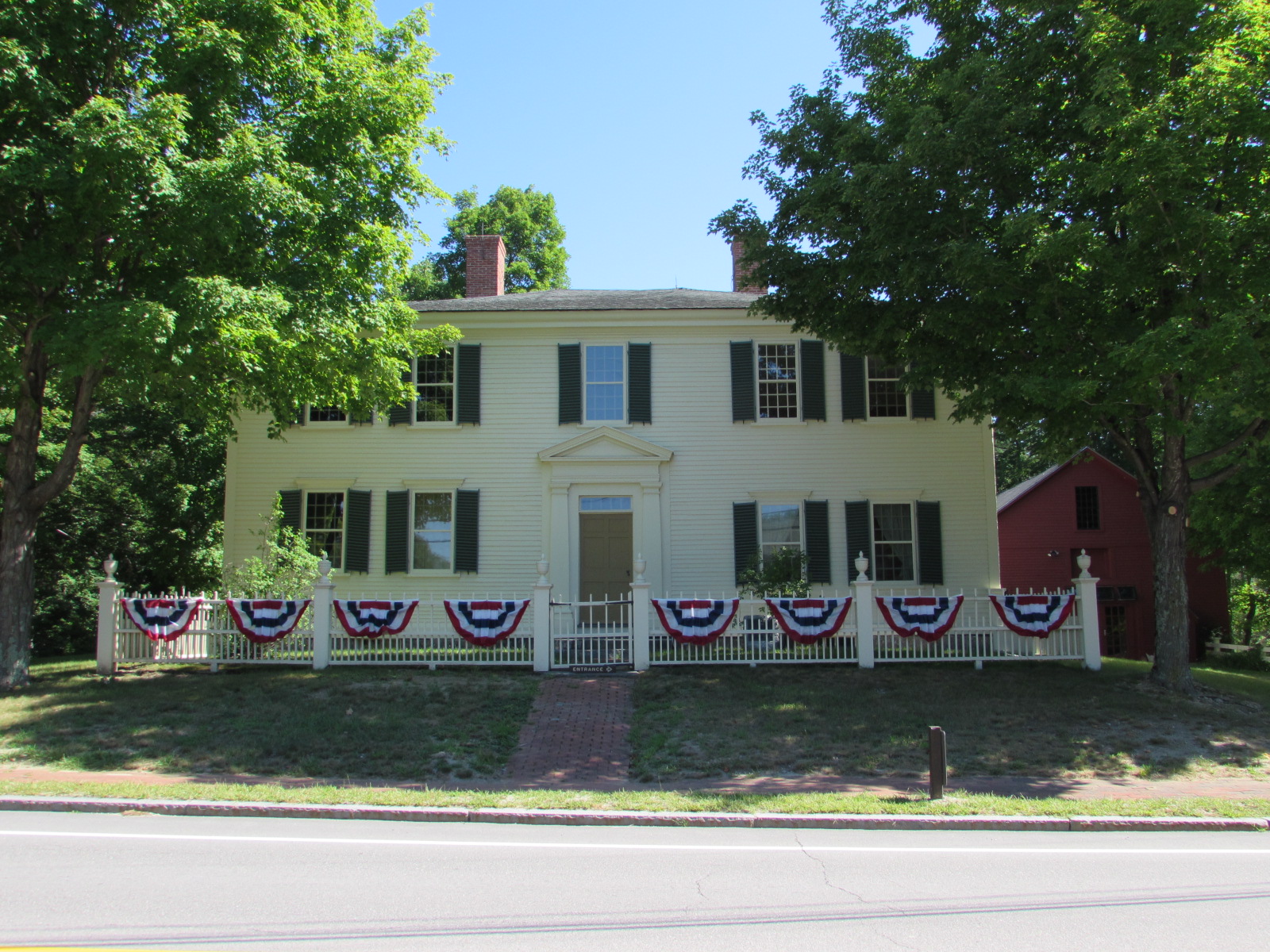|
Northern Belle
The ''Northern Belle'' was an American transatlantic ship which ran aground near Thanet District, Thanet, England, on 5 January 1857. No lives on her were lost, thanks to heroic rescue efforts, in blizzard conditions. However, another ship sank, en route to the scene, the Margate lugger ''Victory'' which was lost along with her crew. The ''Belle'' was constructed in 1853, under the ownership of J. P. Whitney and Co. of New Orleans. Her common routes were New Orleans to Liverpool and Le Havre, carrying wheat on the outbound run. A barque of 1,150 tons burden with a crew of 23, she was on a voyage from New York to London, with a cargo of wheat, flour, and linseed cake, when as a result of an unusually heavy gale had to put into Kingsgate, Kent. She anchored 3/4 of a mile from the shore, however by 6 am she was riding heavily, the sea occasionally breaking completely over her. The storm was so ferocious that the main and mizzen masts were cut away by the crew at 6.30am. The Marga ... [...More Info...] [...Related Items...] OR: [Wikipedia] [Google] [Baidu] |
The Mary White Life Boat Rescuing The Crew Of The American Ship The Northern Belle RMG PY8529 (cropped)
''The'' () is a grammatical Article (grammar), article in English language, English, denoting persons or things already mentioned, under discussion, implied or otherwise presumed familiar to listeners, readers, or speakers. It is the definite article in English. ''The'' is the Most common words in English, most frequently used word in the English language; studies and analyses of texts have found it to account for seven percent of all printed English-language words. It is derived from gendered articles in Old English which combined in Middle English and now has a single form used with pronouns of any gender. The word can be used with both singular and plural nouns, and with a noun that starts with any letter. This is different from many other languages, which have different forms of the definite article for different genders or numbers. Pronunciation In most dialects, "the" is pronounced as (with the voiced dental fricative followed by a schwa) when followed by a consonant s ... [...More Info...] [...Related Items...] OR: [Wikipedia] [Google] [Baidu] |
The Illustrated Times Weekly Newspaper
''The Illustrated Times Weekly Newspaper'' was a British newspaper and rival to ''The Illustrated London News'' published between 1855 and 1872. The publisher was the Fleet Street bookseller David Bogue and the editor was Henry Vizetelly. Origins Henry Vizetelly had been part of the campaign in the 1850s for the repeal of the Stamp Act. Believing that success was imminent, he conceived of the idea of bringing out a cheap popular illustrated paper to compete with the near monopoly of Herbert Ingram's '' Illustrated London News'' with himself as editor. All the plans were laid accordingly; but the passing of the repeal bill was unexpectedly delayed. Vizetelly decided upon a bold course. His advertisements had been issued, and he did not wish to break faith with the public. Accordingly, on the day appointed (9 June 1855), the first number of the new paper duly appeared. For weeks it continued to be published without the stamp. The authorities barked loudly, but they did not bite. Viz ... [...More Info...] [...Related Items...] OR: [Wikipedia] [Google] [Baidu] |
Float (nautical)
Floats (also called pontoons) are airtight hollow structures, similar to pressure vessels, designed to provide buoyancy in water. Their principal applications are in watercraft hulls, aircraft floats, floating pier, pontoon rhinos, pontoon causeways, and marine engineering applications such as salvage. During World War II the United States Navy Civil Engineer Corps developed a modular steel box (pontoon) for the Seabees to use. It was an industrial sized Lego system of pre-drilled pre-cut angle iron and steel plate that could be assembled anywhere for which they became famous. They used them to facilitate amphibious landings. With the pontoons Seabees assembled docks, causeways, and rhinos to whatever size needed. They allowed landings on Sicily where no one thought possible. They ferried Patton across the Rhine and put the Marines ashore on Okinawa. They would be used during the Korean War in the landing at Inchon in 1950 and again in Lebanon during the 1958 Leban ... [...More Info...] [...Related Items...] OR: [Wikipedia] [Google] [Baidu] |
Whitstable
Whitstable () is a town on the north coast of Kent adjoining the convergence of the Swale Estuary and the Greater Thames Estuary in southeastern England, north of Canterbury and west of Herne Bay. The 2011 Census reported a population of 32,100. The town, formerly known as Whitstable-on-Sea, was famous for its 'Native Oysters' which were collected from beds beyond the low water mark from Roman times until the mid-20th century. The annual Whitstable Oyster Festival takes place during the summer. In 1830, one of the earliest passenger railway services was opened by the Canterbury and Whitstable Railway Company. In 1832 the company built a harbour and extended the line to handle coal and other bulk cargos for the City of Canterbury. The railway has closed but the harbour still plays an important role in the town's economy. The railway route, known as The Crab and Winkle Line, is now a cycle path which leads to the neighbouring city of Canterbury. History Archaeological finds ... [...More Info...] [...Related Items...] OR: [Wikipedia] [Google] [Baidu] |
Spring Tides
Tides are the rise and fall of sea levels caused by the combined effects of the gravitational forces exerted by the Moon (and to a much lesser extent, the Sun) and are also caused by the Earth and Moon orbiting one another. Tide tables can be used for any given locale to find the predicted times and amplitude (or "tidal range"). The predictions are influenced by many factors including the alignment of the Sun and Moon, the phase and amplitude of the tide (pattern of tides in the deep ocean), the amphidromic systems of the oceans, and the shape of the coastline and near-shore bathymetry (see '' Timing''). They are however only predictions, the actual time and height of the tide is affected by wind and atmospheric pressure. Many shorelines experience semi-diurnal tides—two nearly equal high and low tides each day. Other locations have a diurnal tide—one high and low tide each day. A "mixed tide"—two uneven magnitude tides a day—is a third regular category. Tides va ... [...More Info...] [...Related Items...] OR: [Wikipedia] [Google] [Baidu] |
Buoy
A buoy () is a floating device that can have many purposes. It can be anchored (stationary) or allowed to drift with ocean currents. Types Navigational buoys * Race course marker buoys are used for buoy racing, the most prevalent form of yacht racing and power boat racing. They delimit the course and must be passed to a specified side. They are also used in underwater orienteering competitions. * Emergency wreck buoys provide a clear and unambiguous means of temporarily marking new wrecks, typically for the first 24–72 hours. They are coloured in an equal number of blue and yellow vertical stripes and fitted with an alternating blue and yellow flashing light. They were implemented following collisions in the Dover Strait in 2002 when vessels struck the new wreck of the . * Ice marking buoys mark holes in frozen lakes and rivers so snowmobiles do not drive over the holes. * Large Navigational Buoys (LNB, or Lanby buoys) are automatic buoys over 10 m high equipped with ... [...More Info...] [...Related Items...] OR: [Wikipedia] [Google] [Baidu] |
Morning Chronicle
''The Morning Chronicle'' was a newspaper founded in 1769 in London. It was notable for having been the first steady employer of essayist William Hazlitt as a political reporter and the first steady employer of Charles Dickens as a journalist. It was the first newspaper to employ a salaried woman journalist Eliza Lynn Linton; for publishing the articles by Henry Mayhew that were collected and published in book format in 1851 as ''London Labour and the London Poor''; and for publishing other major writers, such as John Stuart Mill. The newspaper published under various owners until 1862, when its publication was suspended, with two subsequent attempts at continued publication. From 28 June 1769 to March 1789 it was published under the name ''The Morning Chronicle, and London Advertiser''. From 1789 to its final publication in 1865, it was published under the name ''The Morning Chronicle''. Founding The ''Morning Chronicle and London Advertiser'' was founded in 1769 by William Woo ... [...More Info...] [...Related Items...] OR: [Wikipedia] [Google] [Baidu] |
Franklin Pierce
Franklin Pierce (November 23, 1804October 8, 1869) was the 14th president of the United States, serving from 1853 to 1857. He was a northern Democrat who believed that the abolitionist movement was a fundamental threat to the nation's unity. He alienated anti-slavery groups by signing the Kansas–Nebraska Act and enforcing the Fugitive Slave Act. Conflict between North and South continued after Pierce's presidency, and, after Abraham Lincoln was elected president in 1860, Southern states seceded, resulting in the American Civil War. Pierce was born in New Hampshire. He served in the U.S. House of Representatives from 1833 until his election to the Senate, where he served from 1837 until his resignation in 1842. His private law practice was a success, and he was appointed New Hampshire's U.S. Attorney in 1845. He took part in the Mexican–American War as a brigadier general in the Army. Democrats saw him as a compromise candidate uniting Northern and Southern interests, ... [...More Info...] [...Related Items...] OR: [Wikipedia] [Google] [Baidu] |
Mahogany
Mahogany is a straight-grained, reddish-brown timber of three tropical hardwood species of the genus ''Swietenia'', indigenous to the AmericasBridgewater, Samuel (2012). ''A Natural History of Belize: Inside the Maya Forest''. Austin: University of Texas Press. pp. 164–165. . and part of the pantropical chinaberry family, Meliaceae. Mahogany is used commercially for a wide variety of goods, due to its coloring and durable nature. It is naturally found within the Americas, but has also been imported to plantations across Asia and Oceania. The mahogany trade may have begun as early as the 16th century and flourished in the 17th and 18th centuries. In certain countries, mahogany is considered an invasive species. Description The three species are: *Honduran or big-leaf mahogany ('' Swietenia macrophylla''), with a range from Mexico to southern Amazonia in Brazil, the most widespread species of mahogany and the only genuine mahogany species commercially grown today. Illegal l ... [...More Info...] [...Related Items...] OR: [Wikipedia] [Google] [Baidu] |
Rescued Crew Of The Northern Belle, 1857
"Rescued" is a song by American rock band Foo Fighters. Released on April 19, 2023, it is the first single by the band since the death of longtime drummer, Taylor Hawkins, and the first from their eleventh studio album, ''But Here We Are''. Release Upon its release as the first single from ''But Here We Are'', the band described it as "the first of 10 songs that run the emotional gamut from rage and sorrow to serenity and acceptance, and myriad points in between". Reception '' Consequence of Sound'' stated in a review of the song that "If anything Foo Fighters have never sounded more vital. As they launch into the song's blistering post-chorus, there is an intoxicating power in the band's open-hearted delivery – the same one that has characterized the band's biggest hits, like " Best of You", " The Pretender", and "Everlong". ''Metal Planet Music'' stated that "'Rescued' is a full-blooded rocker that contains a fiery defiance, shot through with pain and fragility. Bringing toget ... [...More Info...] [...Related Items...] OR: [Wikipedia] [Google] [Baidu] |
Mark Lane, London
Mark Lane is a street in the City of London linking Great Tower Street and Fenchurch Street. It gave its name to the nearby Mark Lane tube station, which was opened in 1884, renamed Tower Hill in 1964, and closed three years later. For some 240 years, Mark Lane was known for the Corn Exchange (which was the only market in London for corn, grain and seed); it occupied a series of properties on the east side of the southern end of the street. Description At its northern end, Mark Lane originates as a two-way side-road off Fenchurch Street, leading to Dunster Court, the home of the Worshipful Company of Clothworkers since 1456. From the south, it is a one-way turn off Great Tower Street; the one-way stretch ends at London Street. The street plays host to a number of offices and restaurants. The nearest London Underground station is Tower Hill (Circle and District lines) and the nearest mainline railway station is Fenchurch Street (with services towards east London and Essex). Ne ... [...More Info...] [...Related Items...] OR: [Wikipedia] [Google] [Baidu] |
St James's Theatre
The St James's Theatre was in King Street, St James's, London. It opened in 1835 and was demolished in 1957. The theatre was conceived by and built for a popular singer, John Braham; it lost money and after three seasons he retired. A succession of managements over the next forty years also failed to make it a commercial success, and the St James's acquired a reputation as an unlucky theatre. It was not until 1879–1888, under the management of the actors John Hare and Madge and W. H. Kendal that the theatre began to prosper. The Hare-Kendal management was succeeded, after brief and disastrous attempts by other lessees, by that of the actor-manager George Alexander, who was in charge from 1891 until his death in 1918. Under Alexander the house gained a reputation for programming that was adventurous without going too far for the tastes of London society. Among the plays he presented were Oscar Wilde's ''Lady Windermere's Fan'' (1892) and ''The Importance of Being Earn ... [...More Info...] [...Related Items...] OR: [Wikipedia] [Google] [Baidu] |

.png)




.jpg)
_p044_-_Mark_Lane_(map).jpg)
.jpg)